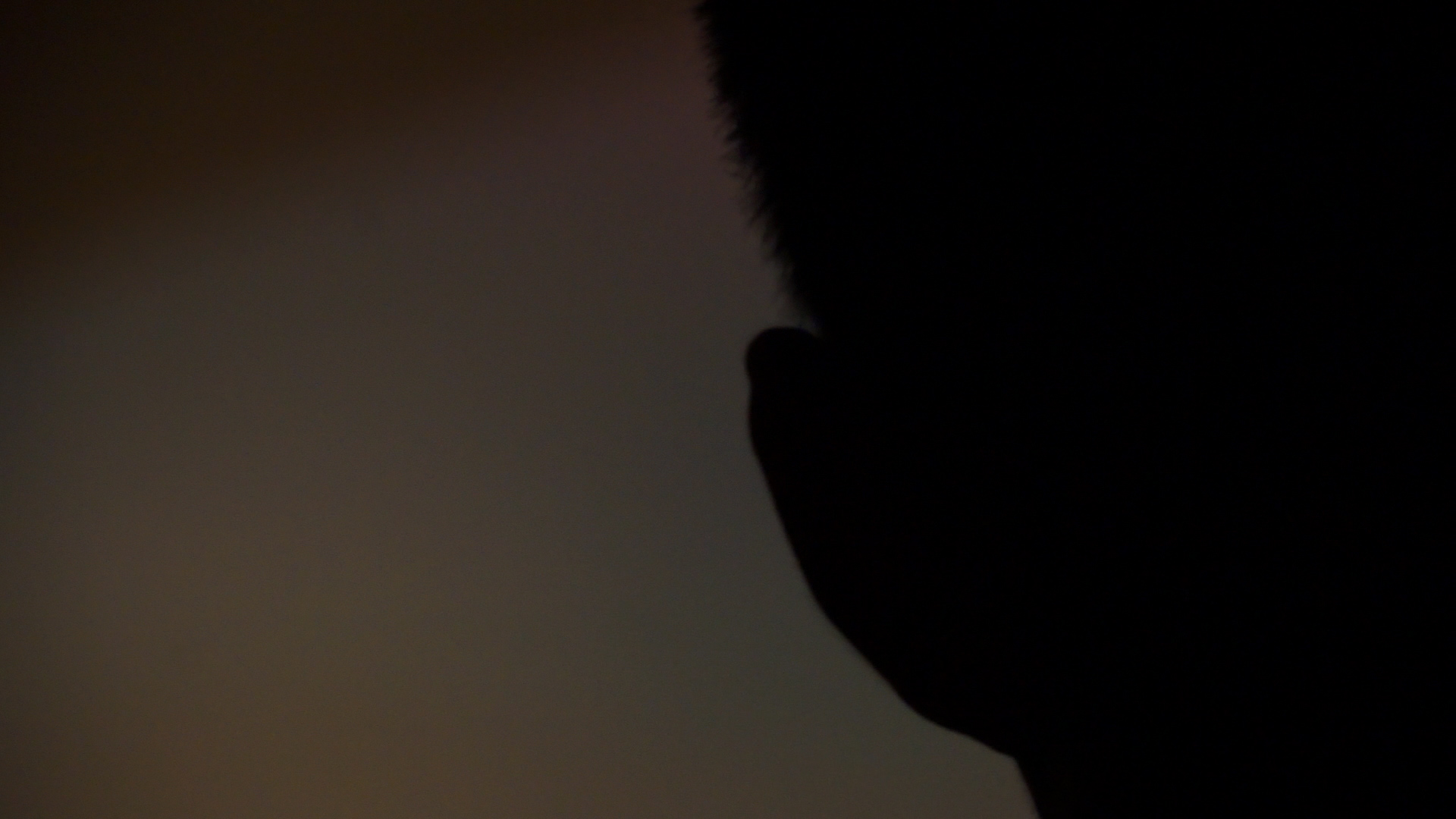Shows
“Roadside Picnic”


Where the Solomon R. Guggenheim Museum’s recently closed survey exhibition “Art and China after 1989: Theater of the World” left off, chronicling the journey of Chinese contemporary art to the global stage, Chambers Fine Art’s latest group exhibition “Roadside Picnic” picks up the thread, offering a glimpse of where the future may lead. Conscious that Western-facing shows tend to primarily focus on established mainland Chinese artists, curators Hiroshi Sunairi and Yixin (Sam) Gong opted to highlight young Chinese creators who live and work in New York. Many among this growing scene of overseas Chinese received their education in America, and their work seeks to “defy ‘exoticization’ of their Chinese-ness.” The ten artists utilize animation, film, installation, painting, sculpture and other mediums to explore modes of storytelling that move beyond East-West binaries.

Zhang Lang’s installations deliberately disrupt our sense of place. Access (2017) features wood blocks painted to resemble key card readers placed strategically around the gallery. In some instances, such as near entranceways, the placement made sense. In other cases, the arrangements seemed haphazard, such as on a pillar or near the bottom corner of a wall. Only upon seeing the latter did it becomes clear that the readers don’t offer access to anywhere. Instead, their lack of function challenges our collective acceptance for restricted spaces, raising questions about who is given access and who is kept out. Meanwhile, Locate (2017) projects an illustration of New York on the wall while an audio recording of a Chinese voice plays from a targeted speaker hanging from the ceiling. The separation of sight and sound disorients the viewer, and also emphasizes the cultural disconnect between what’s being seen and heard. A closer listen reveals a string of nonsense Mandarin words that’s a deliberately accented recitation of the poem that appears onscreen.
Weigang Song likewise casts his gaze upon his immediate surroundings in the city. The six-minute-long video Dedicated To (2017) opens with shots of yellow cabs turning down Broadway and other moments of urban life. In the second section, a doctor uses a gastroscope on himself while the artist narrates a story, saying lines (with subtitles) such as, “The biggest political fight that everybody has to take is not Racism, Feminism, Colonialism or Communism; It’s Narcissism.” The ironic tone carries into the final section, in which footage of the artist walking in the snow provides the backdrop to a series of dedications. “This work is dedicated to those who are giving up,” the note begins. Later, it continues, “To those who are giving up on Visa, migration and identity politics; To those who are giving up on home country, hometown and homecoming.” The sentiment of rootlessness can be read as self-consciously cynical but also sincere.
As immigrants and travelers, many of the artists invite new ways of seeing familiar landscapes. In the jacquard tapestry Aggression Project – Spider and Trampoline (2016), Yi Xin Tong incorporates scenes he photographed while visiting rural America. Against an enlarged picture of a spider, pint-sized human figures are shown with their hands raised, backing away in fear. When considered alongside his sculpture Nose Ring (1989), modeled after the nasal septum forced upon young calves to discourage them from suckling, the tapestry’s meditation on the hostile relationship between human and animal surfaces. Out of Business (2017), Tiger Chengliang Cai’s looping animation of a flickering, oversized donut sign for a defunct shop, embodies the nostalgia for a fading American culture. Yet, the desolation and eerie stillness reflect how that larger-than-life dream has been transformed into a quiet nightmare. A similar tension between gritty realism and colorful fantasy exists in Wei Xiaoguang’s Untitled (Caves) (2017) oil painting. Evocative of Plato’s well-known allegory, dual cave openings lead to a flattened, video game-like world. Unlike the Greek philosopher’s preoccupation with uncovering ignorance and truth, however, the painting scrutinizes representation itself, pointing to the ways in which our reality is self-consciously rendered.

Wang Tuo’s 24-minute film Roleplay (2016) examines the interpretations of truth in the context of a romantic relationship. Sitting together in an expensive apartment, two actors improvise a couple’s therapy session, in which they present an idealized marriage. Anecdotes about meeting in Paris and their enviable careers are intercut with scenes of the same two actors retelling a much less aspirational encounter. Assuming the working-class characters of The Postman Always Rings Twice (1981), the man and woman, filmed separately in their real-life apartments, describe the tumultuous affair, which ends in violence. The contrast between the happily married couple and the doomed lovers exposes the performative nature of how we create our own narratives.

By mixing mediums, other artists experiment with non-linear narrative forms. Tan Tien’s door-like structure in Parenthood #7 (Wood Curtain) (2017) and the painted text in Parenthood #1 (2017) represent complementary fragments of the same story. Chang Yu Chen relies upon a similar method of curation with her collection of crafted materials and found objects, which include drawings, textiles and an artist’s book. November Room (2017) simultaneously serves as documentation of the artist’s process as well as a shareable experience. Rounding out the exhibition is an outdoor mural by Miranda Fengyuan Zhang and the pieces left behind from a performance at the opening reception by Tingying Ma.
The young artists featured in “Roadside Picnic” demonstrate a particular interest in commanding their stories. By resisting any one narrative being forced upon their work, this emergent generation of contemporary Chinese artists expresses a curiosity for the world that suggests a future open to imagination.
“Roadside Picnic” is on view at Chambers Fine Art, New York, until February 17, 2018.







